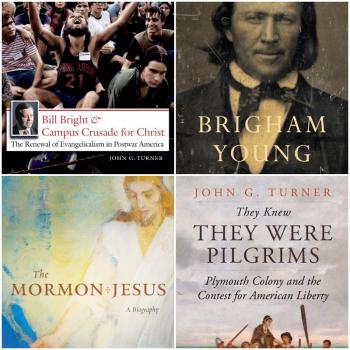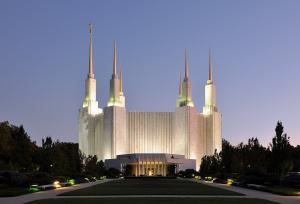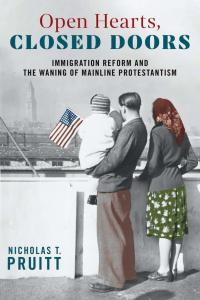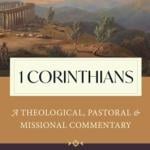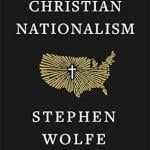For centuries, European Christians (and their American descendants) mostly categorized religious systems according to their similarities and differences vis-à-vis Christianity. There were monotheistic or highly evolved religions versus “primitive” or “idolatrous” religions. There were universal religions versus ethnic, narrow-minded religions (that formulation demoted Judaism in comparison with the previous sentence). Some of those taxonomic schemes suggested a positive appraisal of other religious systems, but only to the extent that they resembled Christianity. [The above mostly represents a very loose and incomplete summary of Jonathan Z. Smith’s brilliant essay, “Religion, Religions, Religious.”]
Given that nearly all scholars of religion are aware of the way that Europeans imposed definitions of religion on other peoples, it is surprising that one encounters with some frequency scholars who repeat the condescension of their predecessors. I posted on this phenomenon last August but was reminded of it again this past week.
This summer I’m teaching the equivalent of World Religions for the first time. Throughout July, I will be an “anxious” contributor to this blog. Perhaps Buddhism will help, with its suggestion that such anxiety can indeed be overcome.
For the first week of class, I assigned portions of Barbara Sproul’s Primal Myths: Creation Myths around the World. It’s a wonderful collection, and creation myths are among the more profound aspects of many religious systems. “Who are we? Why are we here? What is the purpose of our lives and our deaths? How should we understand our place in the world, in time and space?” Sproul reminds us how much the early chapters of Genesis have shaped not only Judaism but the entirety of Western civilization, including the view “that people are sacred” (or perhaps that they are born with inalienable rights) and that there should be a day of rest.
Sproul, of course, is discussing myths, not histories. Myths, she writes in her introduction, “organize the way we perceive facts and understand ourselves and the world.” Myths “are whole stories, dramas placed in the familiar world of time and space that attempt to reveal, through their common details and particulars, truths that are uncommon and universal.” She encourages (strongly encourages) her readers to not confuse myth for fact and in the process “become submerged in their viewpoints, prisoners of their own traditions.” Moreover, she suggests that if we open ourselves to the panoply of the world’s creation myths, we will shed “religious provincialism and its attendant dangers and false faith.”
That last phrase raised my hackles (metaphorically speaking). I do read the primordial history of Genesis at least more as fact than as myth, partly because I’m wary of staking my faith to a literal reading of narratives that might well fall on the wrong side of science and other forms of recent evidence.
Nevertheless, I took offense to the idea that those Christians (or others) who do interpret passages such as the primordial history literally practice a “false faith.” Indeed, Sproul has much to say in this vein:
Holding literally to the claims of any particular myth then, is a great error in that it mistakes myth’s values for science’s facts and results in the worst sort of religiosity. Such literalism requires a faith that splits rather than unifies our consciousness. Thinking particular myths to be valuable in themselves undermines the genuine power of all myth to reveal value in the world; it transforms myths into obstacles of meaning rather than conveyers of it. Frozen in time, myth’s doctrines come to describe a world removed from and irrelevant to our timely one; its followers, consequently, become strangers to modernity and its real progress. Those of such blind faith are forced to sacrifice intellect, emotion, and the honesty of both to the safety of their creeds. And this kind of literalism is revealed as fundamentally idolatrous, the opposite of genuine faith.
“false faith” or “blind faith” versus “genuine faith.” “the worst sort of religiosity” versus “the sophisticated use of symbols.” These sorts of paradigms bear an ironic resemblance to the categorizations presented by Jonathan Z. Smith. It’s still a “theirs” versus “ours” approach to religion, except now religious pluralism and a non-historical reading of sacred texts is “true religion.” The idea that Christians who read the early chapters of Genesis “literally” or as historically true practice “the worst sort of religiosity” seems like the worst sort of scholarly generalization.
Sproul also suggests that by examining creation myths “we can reach beyond the variety of languages to their common meanings, beyond the disparity of religions to their common revelations. We can shift our sight from the pointing fingers to the moon itself.” That sounds nice, but it obscures genuine difference. I’m more in the Stephen Prothero (“God Is Not One”) camp on such matters.
It’s a bit churlish of me to criticize a text that was published in 1979. However, I think the attitude of condescension and intolerance displays remarkable continuity with all of the older European/Protestant perspectives so often rejected by contemporary scholars of religion.



